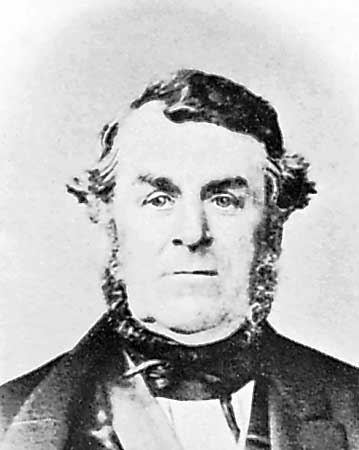Name William Greener Role Inventor | Died 1869 | |
 | ||
Children William Wellington Greener Books Gunnery in 1858, The story of Moscow, The Gun | ||
William Greener (1806–1869) was an English inventor and gunmaker. He developed a self-expanding bullet in 1835, an electric lamp in 1846 (patent specification 11076 of that year) some 33 years before Thomas Edison's patent in 1879. William Greener also invented the percussion system for firing cannon, made improvements to the miner's safety lamp and won a prize for designing a mechanical device by which four gates at railway/road level crossings could be opened or closed simultaneously. He also invented a self-righting lifeboat, which was exhibited with a rocket gun and, several of his famous percussion muzzle-loading shotguns and rifles at the Great Exhibition of 1851, where he was awarded a gold medal.
The Greener bullet featured an innovative design with a hollow base that contained a plug. This plug was designed to expand the base of the bullet upon firing, ensuring it engaged with the rifling of the rifle's barrel. The primary advantage of this design was to facilitate easy loading of the bullet into the muzzle, while the expansion mechanism upon firing minimized the escape of gas from the muzzle, thus optimizing the bullet's velocity and accuracy. This design principle was aimed at enhancing the efficiency of the bullet in rifled firearms by ensuring a snug fit with the barrel's grooves for improved performance. Thus the bullet's velocity was not damped. Tests proved that Greener's bullet was extremely effective but it was rejected because, being two parts, it was judged too complicated to produce. The Minié ball, developed in 1847 by Claude-Étienne Minié, was based on Greener's ideas.
Greener was born in Felling, Northumberland, England. He died in 1869. His son, William Wellington Greener (1834-1921) trained under his father but later left to set up an independent firm, which took over most of Greener's business after his death.
